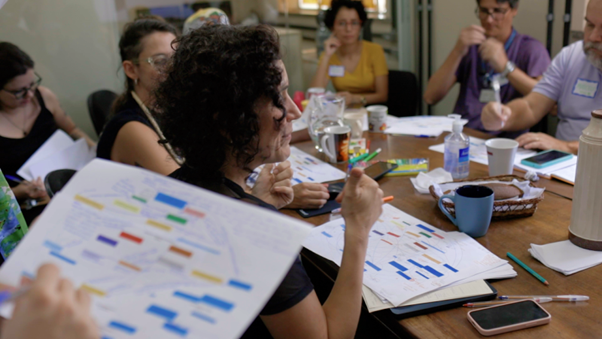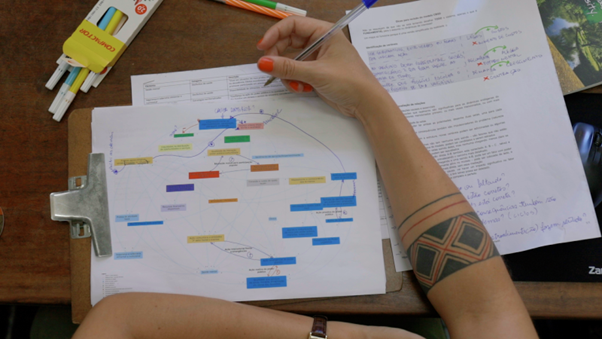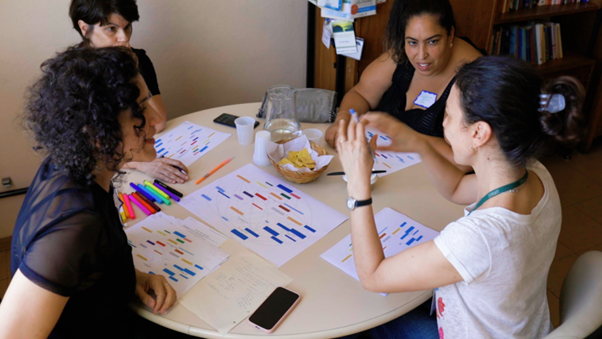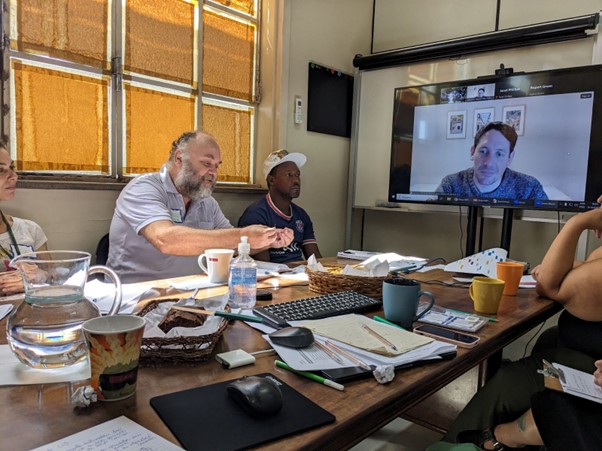As climate change accelerates, extreme weather events are becoming more frequent and severe around the world. In Belo Horizonte, Brazil, seasonal rains often lead to devastating floods, landslides, and inundations—events that not only cause significant damage to infrastructure and property but also pose serious threats to public health and social well-being.
These disasters don’t just happen in isolation. They intersect with deeper social challenges—such as urban inequality, inadequate infrastructure, and health vulnerabilities—creating complex interactions, hazards and risks. In this context, both non-communicable and infectious diseases can surge, fueled by the cascading effects of disrupted communities, limited access to healthcare, and environmental degradation.




To better understand and respond to these interconnected challenges, a team of GDAR researchers dedicated themselves to implementing, assessing and evaluating a complex systems approach to investigate community resilience strategies in the face of climate events. The research was structured based on interviews and participatory workshops in Belo Horizonte, Yaoundé, Kingston, and Kisumu.
In Belo Horizonte, with the active involvement of nine stakeholders from across civil society, public administration, advocacy groups, and academia, the team co-created a shared vision of the key drivers and conditions of climate resilience strategies in place. The result is depicted in a causal loop diagram that can be viewed here.
Community strategies and their drivers were organized into thematic blocks listed during the workshops to facilitate understanding and dialogue between the participants:
- Inequities and vulnerabilities
- Climate risks
- Diseases, health problems and risk factors
- Collective action
- Government and public authorities
- Building resilience
- Problem visibility
- Sense of belonging
These themes revealed how historical and structural inequities are deeply embedded in the city’s urban landscape, compounding the interplay between heavy rainfall, urbanization characteristics, and risks, social vulnerabilities, and health outcomes. Education, articulation between different actors, visibility of the problem, and resource availability were identified as critical intervention points to enhance resilience.
One of the study’s key takeaways is the urgent need for health-sensitive and equitable urban planning. Education, public engagement, disaster monitoring, and transparent information-sharing must all play a role in strengthening local resilience. At the same time, the study highlights how participatory methods can serve as powerful tools to promote intersectoral and transdisciplinary dialogue between sectors, building shared understanding, and fostering more effective interventions.
It’s a reminder that building resilience is not just about technical solutions—it’s about building knowledge together with communities, rethinking systems and the interactions between chains of already complex factors, and also understanding our role as researchers in this process.
Read more about this in our recently published article.
Watch this space for results from the other GDAR sites.

